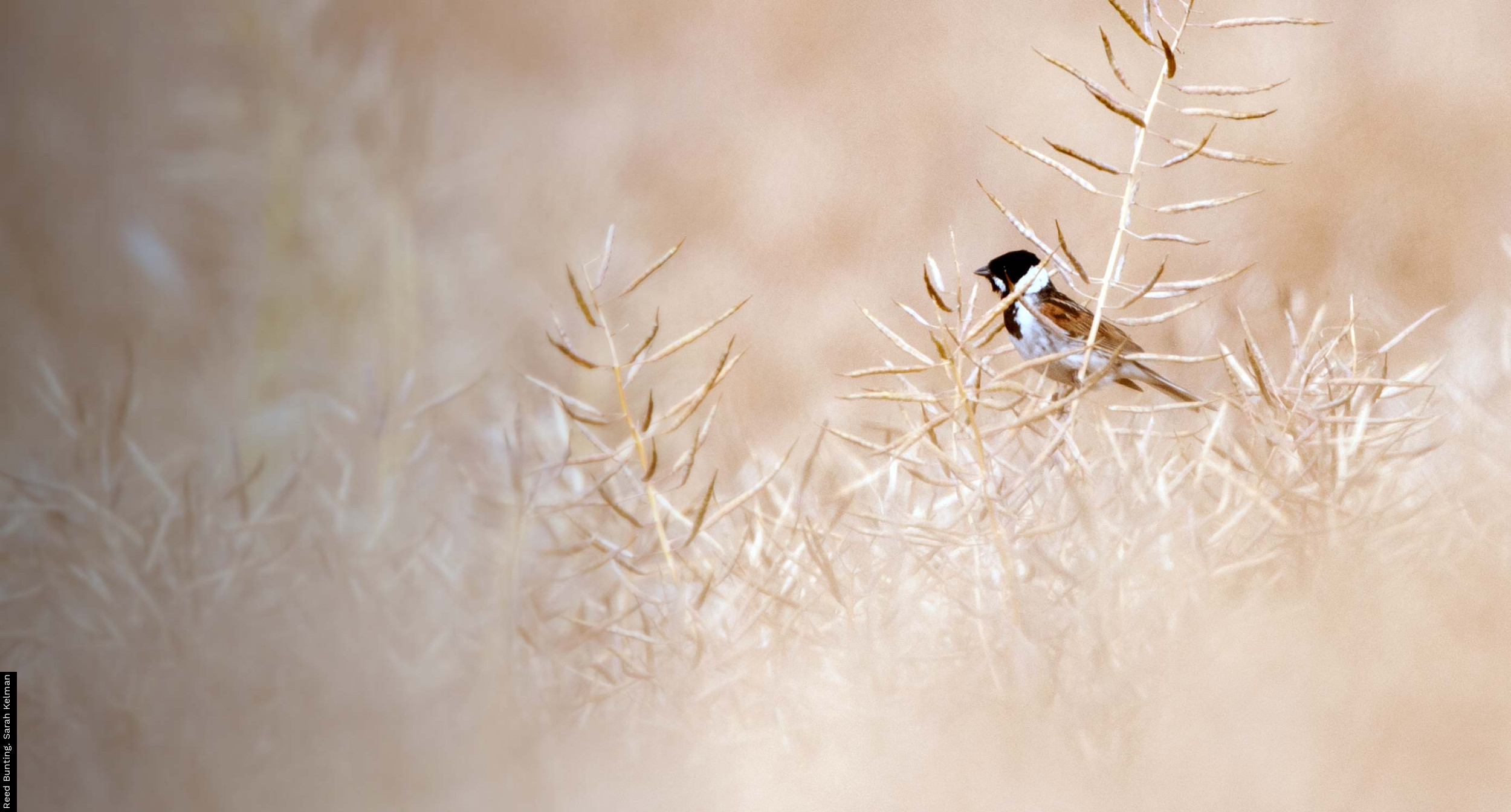Most of the graphs on the BirdTrends species accounts pages can be freely reproduced, on condition that they are fully acknowledged, as detailed below.
How should graphs be acknowledged?
Graphs used in this report should be acknowledged as coming from the BTO/JNCC BirdTrends Report when reproduced, with the acknowledgement displayed alongside the graph, and should be referenced using the report citation, which is shown at the bottom of all pages and on the BirdTrends report Home page.
Note that graphs which show only Breeding Bird Survey (BBS) trends are also available to download from the BBS pages on the BTO website. In addition, the BBS download page also includes more BBS graphs which are not shown in BirdTrends, such as graphs showing trends for the nine English government regions. Any graphs obtained from the BBS pages should be given the appropriate BBS acknowledgement/citation which is provided on the BBS download pages.
Which graphs are available to download?
All the graphs which are have been updated in BirdTrends 2020 are currently available to download. This includes all demography graphs, and all trend graphs with the exception of the trend graphs for Shelduck, Woodcock and Lesser Spotted Woodpecker, which show only CBC data and have not therefore been updated since 1999. In addition to these three graphs, the graphs showing population trends by habitat are also not currently available to download.
How do I download graphs or csv files?
Each graph can be downloaded by clicking on the icons at the bottom right of the image. A csv file containing the data can also be downloaded if you wish to recreate the graph using a different design (re-designed graphs must be acknowledged in the same way as downloaded graphs).
Description of fields in the csv files
CBC/BBS, BBS and CES graphs:
- unsm – the (unsmoothed) index value for the survey year.
- sm – the smoothed index value for the survey year.
- sm_ll85 and sm_ul85 – the lower and upper 85% confidence intervals for the smoothed index values.
Further information about the survey methodology and data analysis can be found on the survey information pages in this report: Breeding Bird Survey; CBC/BBS trends; CES Scheme.
BTO Heronries Census:
- unsm – the (unsmoothed) estimate of the number of 'apparently occupied nests' for the survey year.
- unsm_ll85 and unsm_ul85 – the lower and upper 85% confidence intervals for the (unsmoothed) estimate of the number of 'apparently occupied nests'.
- sm – the smoothed estimate of the number of 'apparently occupied nests' for the survey year.
Further information about the survey methodology and calculations can be found on the Heronries Census page in this report.
Demography graphs:
(i.e. Fledglings per breeding attempt, laying date, Clutch size, brood size, egg and chick stage nest failures)
- unsm - the (unsmoothed) index value for the survey year
- unsm_ll and unsm_ul - the lower and upper 85% confidence intervals for the (unsmoothed) index values
- sm - the smoothed index value for the survey year
- sm_ll and sm_ul - the lower and upper 85% confidence intervals for the smoothed index values
Further information about the survey methodology and calculations can be found on the Nest Record Scheme page in this report.
Survival graphs (CES and ringing recoveries):
- unsm - the (unsmoothed) estimate of the proportion of birds surviving for the survey year
- sm_ll and sm_ul - the lower and upper 95% confidence intervals for the survival estimate
This report should be cited as: Woodward, I.D., Massimino, D., Hammond, M.J., Barber, L., Barimore, C., Harris, S.J., Leech, D.I., Noble, D.G., Walker, R.H., Baillie, S.R. & Robinson, R.A. (2020) BirdTrends 2020: trends in numbers, breeding success and survival for UK breeding birds. BTO Research Report 732. BTO, Thetford. www.bto.org/birdtrends





Share this page